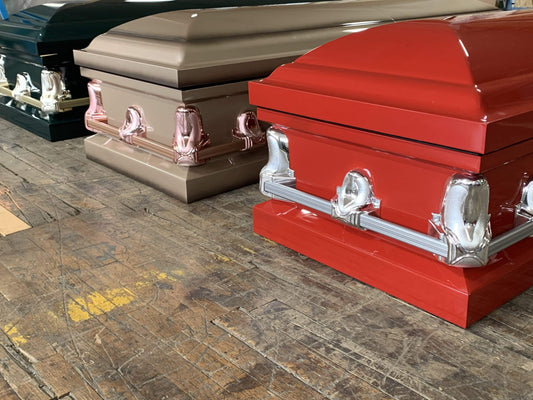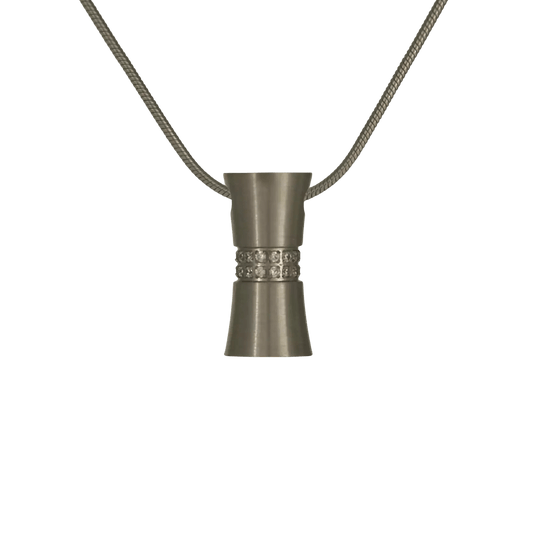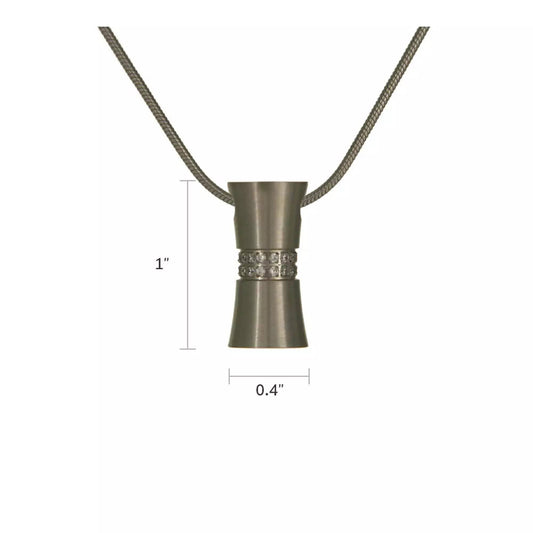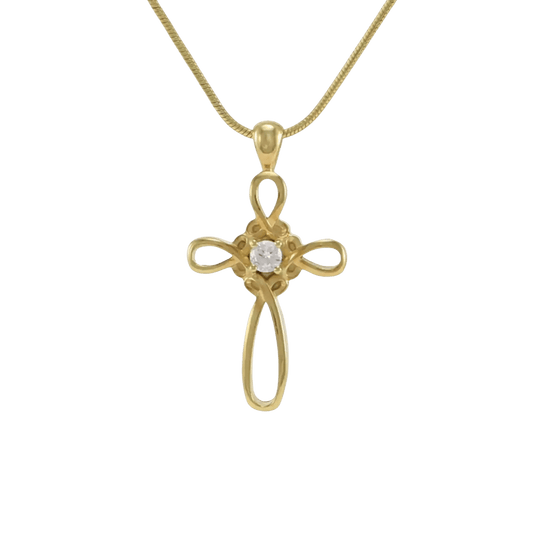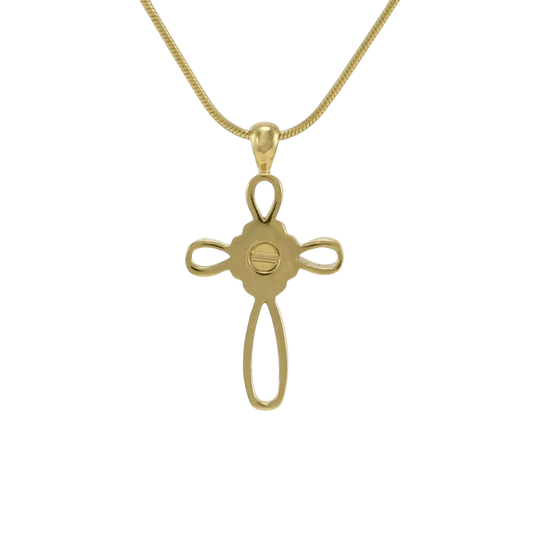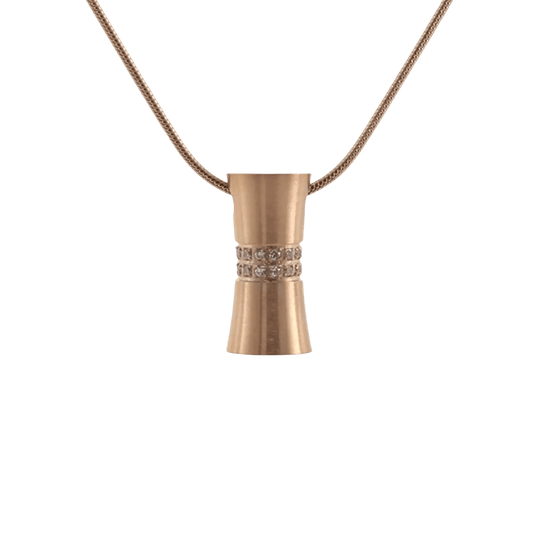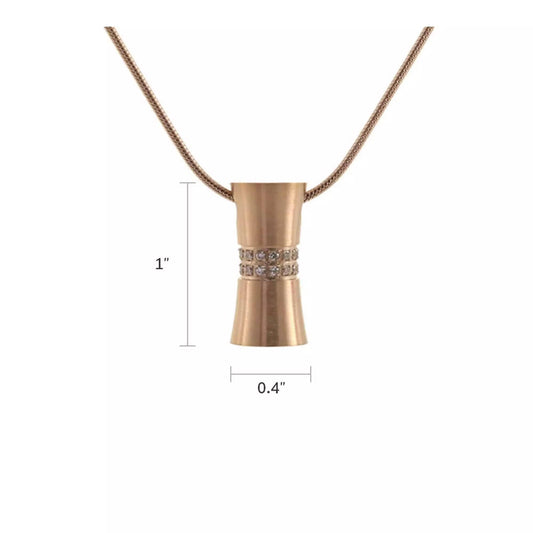What Is Ash Jewelry?
Ashes made into jewelry refer to creating accessories or jewelry pieces that incorporate a small amount of cremation ashes or cremation remains of a deceased loved one into their design. These pieces are often customized and personalized to hold a sentimental value for the wearer, serving as a memorial or tribute to the departed.
Creating ash jewelry typically involves encapsulating or infusing a small portion of the ashes into a piece of jewelry, such as pendants, rings, bracelets, or earrings. The ashes are often mixed with a special resin, glass, or other materials, preserving them within the jewelry’s structure.
Ashes made into jewelry enable individuals to carry a tangible reminder of their loved ones, providing a way to honor and cherish their memory. It can hold deep emotional significance and serve as a comforting and symbolic connection to the person who has passed away. The designs and customization options for ash jewelry are diverse, offering a range of styles to suit individual preferences and meaningful ways to remember and celebrate a life lived.
How Are Ashes Made Into Jewelry?
For ashes made into jewelry, a delicate and specialized process is required:
Collection of Ashes: After the cremation process, a small amount of the cremated remains, known as cremains, is collected and used for the jewelry. Families often receive the ashes in a secure container from the crematorium.
- Preparation of Materials: The artisan or jeweler selects the materials for the jewelry, such as glass, metal, resin, or ceramic, depending on the desired design and the compatibility of the materials with the ashes.
- Encapsulation or Infusion: The chosen material is prepared, and a small portion of the ashes is carefully mixed or placed within it. For example, in the case of resin jewelry, the ashes might be mixed with the resin before it’s cast into the desired shape. For glass jewelry, ashes might be infused between layers of molten glass.
- Design and Crafting: Skilled artisans or jewelers then work with the prepared material, shaping it into the desired form, whether it’s a pendant, ring, bracelet, or another type of jewelry. This process involves careful attention to detail to create a beautiful and durable piece.
- Curing and Finishing: Once the jewelry piece is crafted, it undergoes a curing process to ensure its stability and durability. This might involve allowing resin to set or glass to cool and solidify. Artisans then finish the piece, polishing or refining it to achieve the desired final appearance.
- Personalization (Optional): Many jewelers offer personalization options, such as adding engravings, and birthstones, or incorporating additional design elements according to the client’s preferences.
- Quality Check and Packaging: The finished piece undergoes a quality check to ensure it meets the desired standards. Once approved, it is carefully packaged to protect it during shipping or presentation to the customer.
Hence, this process of ashes made into jewelry requires a high level of skill and precision to create a piece that not only encapsulates the ashes but also honors the memory of the departed individual. Each piece is unique, carrying sentimental value for the wearer as a cherished keepsake and a symbol of remembrance.
Ash Jewelry In Different Cultural Traditions
Ashes made into jewelry, or cremation jewelry made from cremation ashes, hold various meanings and significance across different cultural traditions. Here’s a glimpse into how some cultures perceive and incorporate ash jewelry:
- Native American and Indigenous Cultures: Some Native American and Indigenous cultures have traditions involving ash or bone as materials in jewelry or artifacts, often symbolizing spiritual connections or honoring ancestors. While not specifically related to cremation ashes, these cultural practices highlight the significance of remains in creating meaningful objects.
- Western Culture: In many Western cultures, ash jewelry is seen as a deeply personal way to memorialize loved ones. It’s often regarded as a tangible connection to the deceased, allowing individuals to keep their memories close and honor their lives.
- Hindu Tradition: In Hinduism, after cremation, ashes, known as “ashes of the deceased,” are often scattered in sacred rivers or bodies of water. However, some families may retain a portion of the ashes for remembrance. Ash jewelry might not be a common practice in Hindu tradition due to the preference for scattering ashes in holy places like the Ganges River.
- Buddhist Practice: Buddhism has diverse practices regarding death rituals. Some Buddhist traditions involve cremation, and ashes may be placed in urns or kept in stupas (structures containing sacred relics). While ash jewelry might not be widespread, the concept of preserving remains in sacred objects or spaces aligns with certain Buddhist beliefs.
- Christian and Catholic Traditions: In Christian and Catholic traditions, cremation is accepted, and the ashes may be interred in cemeteries or scattered in specific locations. Ash jewelry can provide a personal way for individuals to keep the memory of their loved ones close, aligning with the emphasis on remembering the deceased in these faiths.
- Japanese Buddhism: In Japan, where Buddhism plays a significant role, there’s a tradition of bone relics called sharira, which are often kept in reliquaries. While not directly related to ashes made into jewelry, the reverence for remains and their preservation in sacred objects reflects a similar sentiment of honoring the departed.
Plan Your Farewell with Grace – Our Pre-Planned Caskets Offer Peace of Mind!
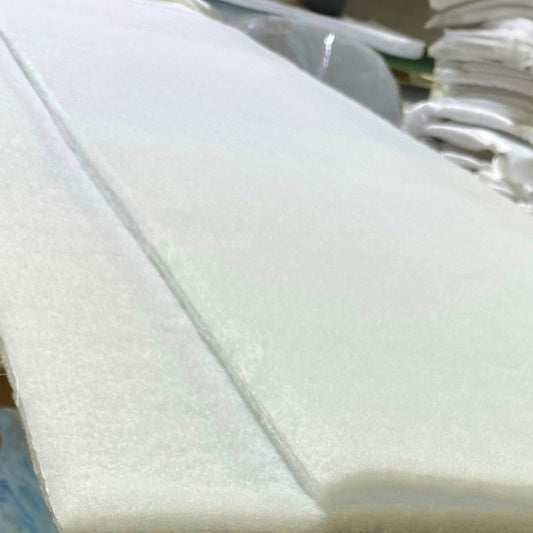
![Upgrade to Premium Weight [18-gauge steel]](http://titancasket.com/cdn/shop/products/casketthicknesswithnumbers.png?v=1680642906&width=533)
